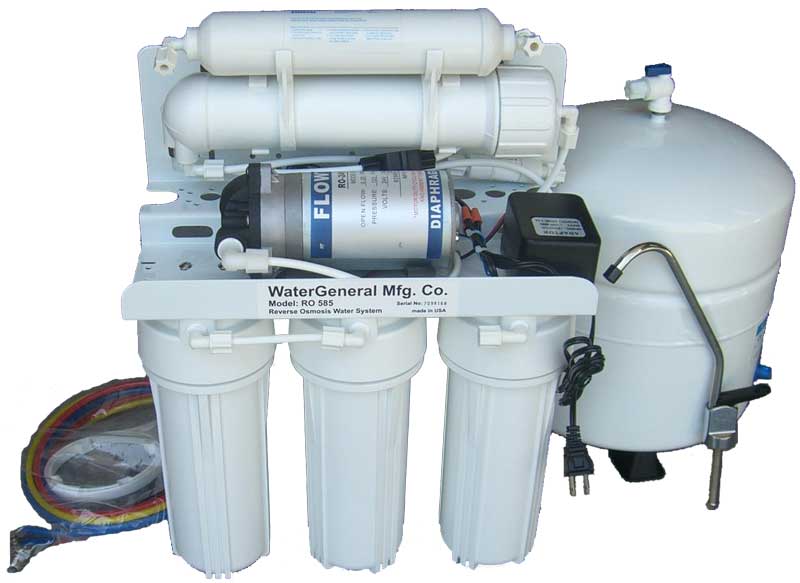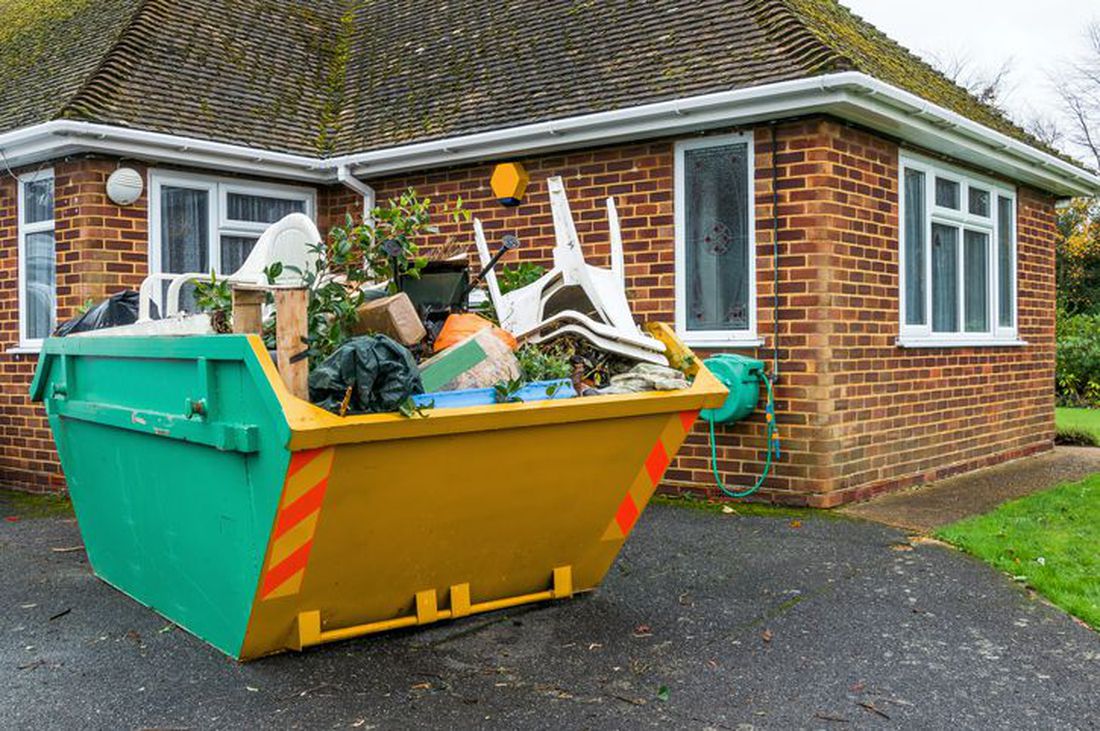With more and more national coverage devoted to contaminants in drinking water and the effects it may have on you and your family’s health, it’s only natural that people are turning to water purification systems for their homes. With so much information available and a myriad of types to choose from, it can be confusing to decide what you should get. Before you buy a water system for your home, here’s what you need to know.
Why get a system?
Water purification offer a variety of benefits. Bottled water can become expensive, especially if your family is drinking a lot of it and the bottles often end up in landfills. Filtration is usually more cost-effective over time when compared to bottle water and it’s convenient too.
If you live in an area with hard water, which is water with a high mineral content, you may waste more soap since it takes more product to lather properly and you may have build-up in plumbing systems. Softer water, as provided by a water filtration home system, eliminates these issues by turning your water soft through water softener.
How does it work?
While exact features vary by system type, many full home and at point systems use a three stage model. At point systems include individual items, such as filtered water pitchers and attachments at specific water dispensing points, such as your kitchen faucet.
The first filtration stage is sediment, during which larger particular matter is removed from your water. Filters may be made of pleated polyester, pleated cellulose or spun polypropylene. While the cellulose is considered the most effective, it’s also the slowest of the three. The polyester is not highly reusable but is chemically and bacterially resistant.
Kinetic degradation fluxion filters are often the second stage of filtration. Made of zinc and copper, the KDF filter converts chlorine, a common addition to water supplies, to chloride. Chlorine is necessary in removing toxins from a water source but has a strong odor and taste that many people don’t like.
The activated carbon filter is the final point of water filtration. Filters may be granular or porous and solid, depending on the system. The carbon carries a negative charge which attracts water contaminants that have a positive charge. A carbon filter will lose its ability to attract over time and does need to be changed at regular intervals.
Both distillation and reverse osmosis systems are also used to filter water. Distillation, the heating of water to separate its molecules from contaminants, does remove the minerals that should be in healthy drinking water. Reverse osmosis works by drawing water through a membrane in a high pressure environment but is a relatively slow process when compared to other methods.
The right system for you largely depends on the quality of water in your area, your budget and your personal needs. At point systems may be sufficient if you only have specific concerns, such as drinking water, or you live in an area with a relatively high water quality. Consult with a professional service if you need more information about your choices and the local water quality.





